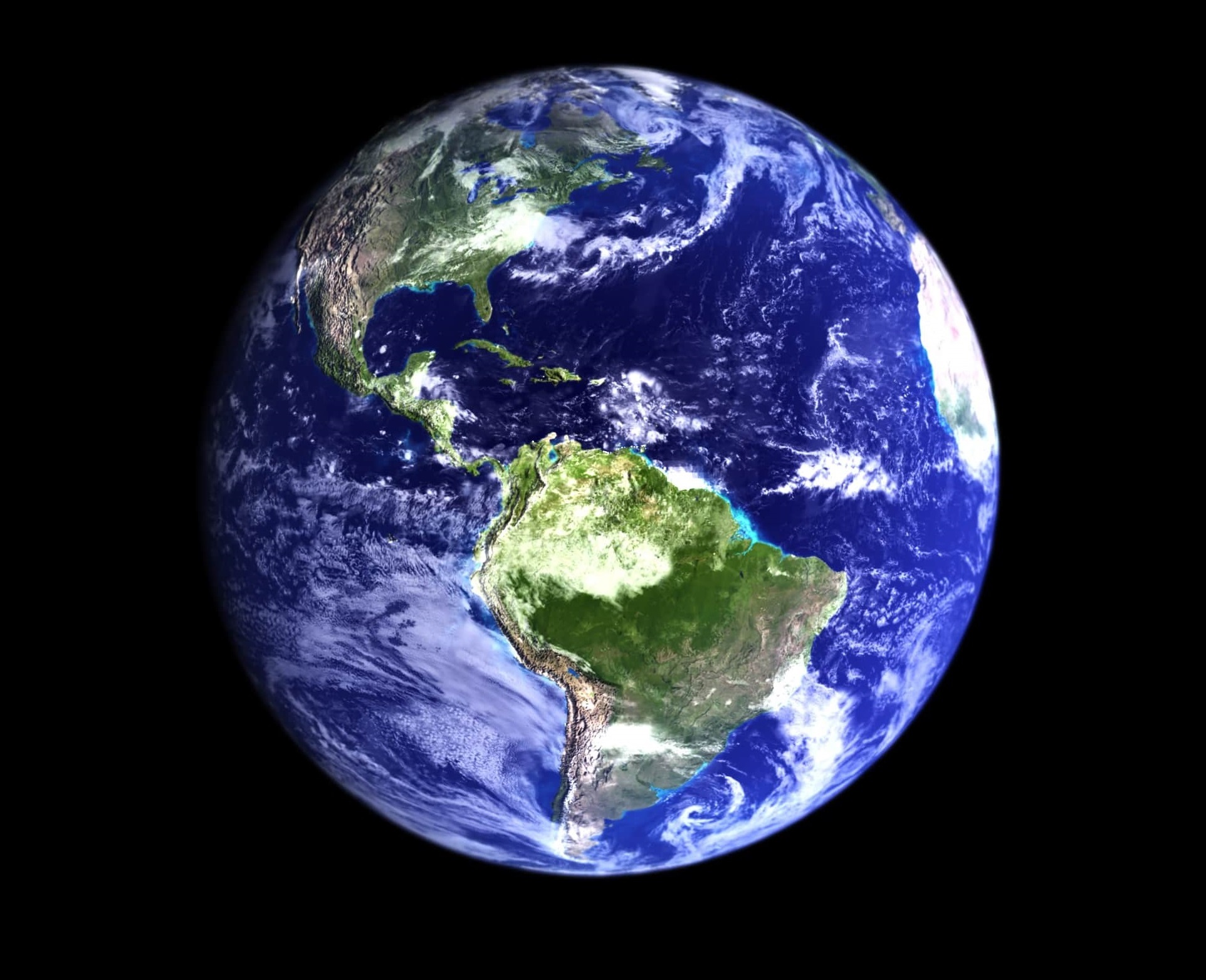Bear with me while I try to estimate that. Most shellfish
farming uses the shoreline and continental shelf and there is
enormous scope for the shellfish sector to grow in those regions,
let alone in the open sea. The continental shelves around our
land masses cover an area of about 32 million km2, which, according
to the Blue Habitats website [https://www.bluehabitats.org/?page_id=1660]
is only about 9% of the surface area of the world’s oceans.
If we aim to install bivalve farms in just 10% of continental
shelf waters (= around 1% of the area of ocean) we would have
a grand global total of 3 million km2 of bivalve farms. There
are 100 hectares in a square kilometer. So, what we need to
do is establish the expected yield per hectare of shellfish
from farms in these 300-million hectares of coastal waters.
We base our estimates of how much shellfish we could anticipate
cultivating on production data in the 2022 report of the (European
Union’s) Aquaculture Advisory Council (AAC) entitled Recommendation
on Carbon Sequestration by Molluscs [URL for PDF download:
https://tinyurl.com/57uzu5ks]
which shows the shellfish tonnage (comprising oysters,
mussels and clams) marketed
in the European Union (EU) in 2019. This report addresses two
important points about real-world shellfish farms
which would affect planning decisions. Firstly,
the average content of meat in harvested bivalves varies between
species. The report showing that in the European markets of
2019 this value was 8.5% of the live weight in oysters,
25% of the live weight in mussels and 14% of
the live weight in clams. For the industry
we advocate, aimed at cultivating shell
for the carbon-offset market, the inverse of these
meat-to-shell values are more important: namely, in oysters,
91.5% of the live weight is shell; in mussels, 75% of the live
weight is shell; in clams, 86% of the live weight is shell.
This is one reason why, elsewhere on this website, restorative
aquaculture of oysters is emphasised (a second
reason is that native oysters were virtually fished to extinction
in both US and European waters during the 19th century [see
Moore et al, 2021, DOI:
https://doi.org/10.29267/mxjb.2021.6.1.31].
Secondly, the AAC report points out that in
addition “to the volume of shells at consumer level, the
volume of farmed shell debris must be added”.
This shell debris is part of the harvest and
results from bivalve mortality during cultivation and, expressed
as a percentage of live weight of the harvest, is estimated
as 25% for oysters, 20% for mussels and 4% for clams. We bring
this feature to attention but will not add this complication
to our approximate calculations.
The two most productive areas for bivalve aquaculture are
Galicia and Southern Chile, where huge (natural)
upwellings of nutrient-rich waters take place. Approximately
75 tonnes per hectare of shellfish meat can
be harvested in these locations. But these are maximised yields
(about 10x better than non-enriched waters); and, apart from
noting the yield enhancement that can be achieved, we avoid
using data from two such special coastal regions and will use
instead a much more representative example of a rope-cultured
mussel farm which is being established in the English Channel
off Lyme Bay, England. Offshore Shellfish Ltd [https://offshoreshellfish.com/]
is building what will be the largest offshore farm for the blue
mussel (Mytilus edulis) in European waters. Across three sites,
the farm will cover a total area of 15.4 square km (= 1540 hectare)
and produce a grand total of around 10,000 tonnes of live mussels
per year. That yield = 6.5 tonnes per hectare of live
mussels, comprising, say, 1.5 tonne per hectare
meat and 5 tonne per hectare shells.
Consequently, the 300-million hectares of coastal waters we
advocate populating with new bivalve farms of similar efficiency
(10% of global continental shelf waters, remember), could yield
approximately 1.5 billion tonnes of shell.
That shell-limestone represents about 180 million tons
of atmospheric carbon being permanently removed
from the atmosphere annually. This is about
1.8% of the estimated 10 billion tonnes
of (fossil) carbon emitted globally in 2022. We believe
that this is a desirable effort to undertake (with appropriate
finance, we could start tomorrow), which still only expects
to use 1% of the ocean’s area and could be expanded eventually
to make serious reductions in the overall excess CO2
burden of the atmosphere.
Another approach towards predicting our future starts with the
global harvest of 17.7 million tonnes of (live) mollusks, mostly
bivalves, reported by FAOStat 2022 [https://www.fao.org/faostat/en/#home].
Using the averaged 6.6 : 1 ratio of shell :
meat we can calculate from the EU production data shown above
for oysters, mussels and clams, this current
global yield of live animals is equivalent to 2.33
million tonnes of meat and 15.37 million tonnes of shell.
In other words, the present-day aquaculture industry
already permanently sequesters 1.84
million tonnes of carbon each year. But this is an
industry governed by food markets. Change the
paradigm to cultivation of shell; sell the permanently sequestered
carbon to polluters on a carbon market; and use the proceeds
to drive massive expansion of “shellfish-for-shell” cultivation.
Thanks to modern cultivation methods like semi-submersed long-lines
which can withstand rough sea conditions, the cultivable area
could be expanded exponentially. If we aim to double shell production
each year, then in year 5 we could be sequestering 30 million
tonne, and by the end of year 10 we will have already permanently
removed 1.8 billion tonne of carbon from the atmosphere and
will have an industry capable of removing 1 billion
tonne of carbon from the atmosphere each year
thereafter (which also provides 150 million tonne
of highly nutritious shellfish meat each year).
If we are willing to contemplate planting a
trillion trees [see
https://www.1t.org/
and https://trilliontrees.org/]
knowing both that (i) trees cannot solve the excess CO2
problem for the long term, and (ii) that we
do not have enough land to grow food, then
surely, we should be willing to contemplate developing towards
300 billion hectares of coastal water production of animals
that will permanently remove CO2 from our atmosphere.
The mollusks have no need for irrigation, food or fertiliser.
At the moment, farming shellfish for food usually involves little
intervention (beyond provision of habitats and, where necessary,
protection of larvae and juveniles from predation in ‘nurseries’)
and can be combined with restoration and conservation of overfished
fisheries. There is little or no conflict with other aquatic
activities. About 70% of the Earth’s surface is covered by water,
we might as well use a small part of it to rescue our tortured
atmosphere.






